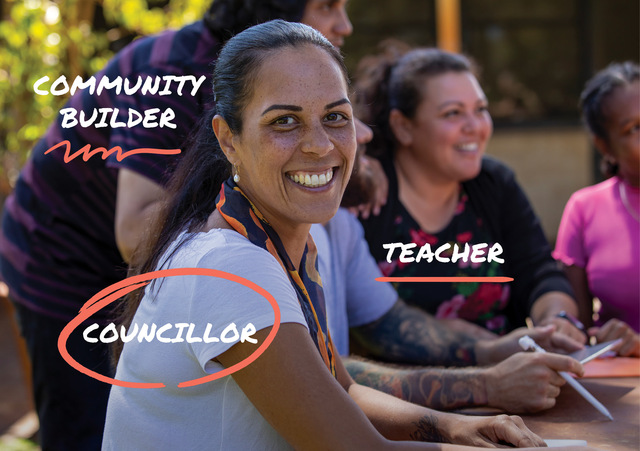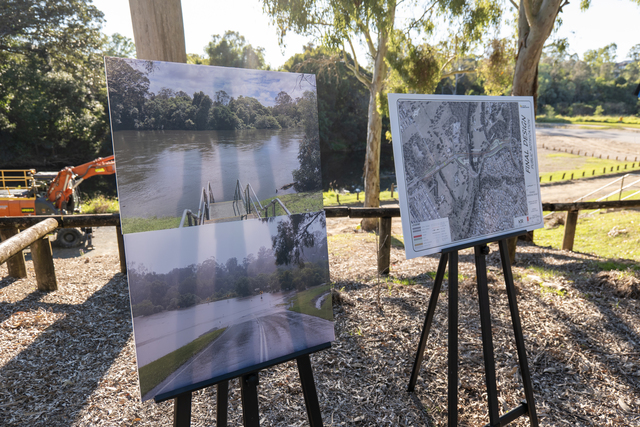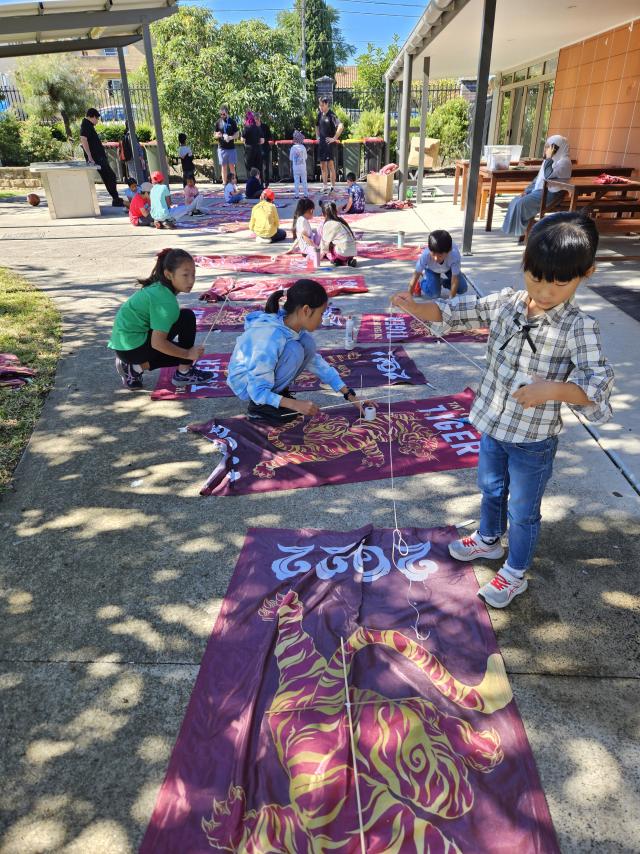All Nations Park began urban life as a brick pit on the edge of a workers’ suburb, five kilometres from the heart of Melbourne, in the late 1800s. By the time the brickworks closed 100 years later, the local neighbourhood had diversified – its old homes were being renovated or redeveloped, young professionals were moving in alongside older migrants.
The 53 metre deep clay hole was surrounded by inner city Melbourne. One corner became a shopping centre and the remaining 14 hectares became a rubbish dump, but Council knew this would be temporary – it was the perfect place for an urban park.
Darebin began planning All Nations Park’s methane and leachate management systems long before the rubbish tip closed, consulting with geo technical experts and the Environment Protection Authority to find state of the art ways to seal the site. Thanks to this early planning, the final contours mean that even rainfall run off remains on site, draining into the central lake where it is stored for irrigation.
Once the tip was closed, the four year construction began. Common practice is to cap landfill sites and construct playing fields on top of them, but this park’s size and location meant it had to be much more.
The other side of Council’s planning involved the local community in an extensive consultation process – the result is the features created: an olive grove, two all abilities playgrounds, a war memorial, a skate park, picnicking areas, an amphitheatre, a hilltop lookout and a community arts project. In the construction and landscaping Council used recycled materials and indigenous plants wherever possible.
This ambitious park was constructed on budget, and is already well used and well loved. In 2006, it will host the Darebin Festival for the first time.
For more information, contact Allan Wicks on (03) 9230 4516.








